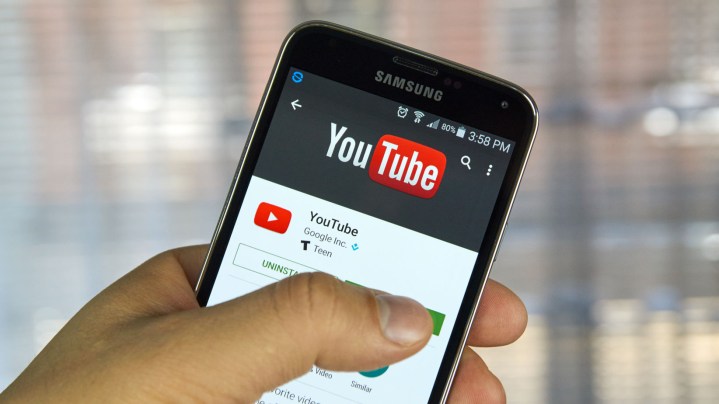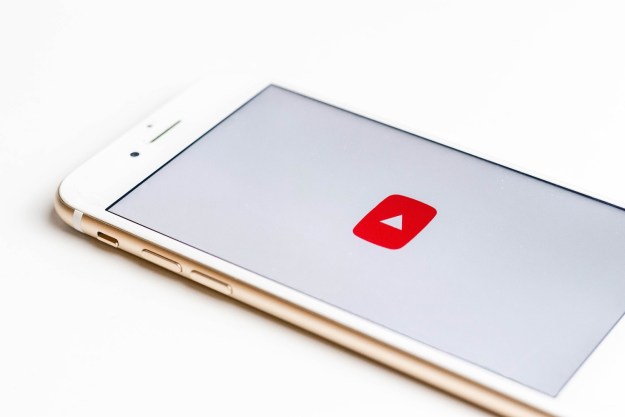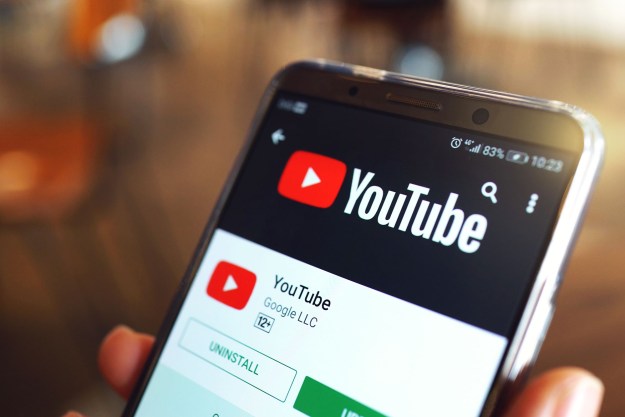
Following the U.S. Federal Communications Commission’s decision to reverse its position on net neutrality under the administration of President Donald J. Trump, researchers are stepping in to monitor how web traffic is affected — and the results are not surprising. New research from Northeastern University and the University of Massachusetts Amherst confirmed that video streamers may be the first to experience the effects of a mobile internet without net neutrality.
Researchers from the universities partnered with Wehe developer David Choffnes for the study. Wehe is an internet traffic-monitoring app. The published report reveals that YouTube is the largest target of throttling, but video streaming services like Netflix, Amazon Prime Video, and the NBC Sports app experienced similar speed degradation.
What Wehe detected was not simply throttling across the board — a practice that carriers have argued for years is needed to manage traffic on their networks by preventing abuse from heavy data users. Instead, Wehe detected that certain apps or services were more frequently throttled than others, a practice known as differentiation. Differentiation was detected 11,100 times on Verizon’s network, 8,938 times on AT&T’s network, 3,900 times on T-Mobile’s network, and 339 times on Sprint’s network, according to Bloomberg.
Differentiation can be measured by comparing the speeds of video streaming services against that achieved by other apps on the same carrier network. In one example, Wehe detected that Netflix streaming speeds were just 1.77Mbps, but other traffic clocked in speeds almost four times as high on T-Mobile. In contrast, net neutrality laws would have required carriers to treat all types of traffic equally.
AT&T denied that it was throttling certain apps or services. “We are committed to an open internet,” a company spokesperson said in a statement. “We don’t block websites. We don’t censor online content. And we don’t throttle, discriminate, or degrade network performance based on content. [Wehe] fails to account for a user’s choice of settings or plan that may affect speeds. We’ve previously been in contact with the app developers to discuss how they can improve their app’s performance.”
To prevent differentiation — or deprioritization of video streaming speeds — carriers typically upsell consumers on more expensive plans. Typically, most unlimited plans sold today advertise DVD-quality streaming quality, but if consumers want high-definition videos, they’ll have to pay upgrade fees for a data plan that supports HD video streaming.
Throttling could have significant implications when mobile networks are used for public safety. The most recent high-profile case against throttling comes from the Santa Clara County Fire Department in California, which relied on Verizon’s mobile hot spot to operate a remote command center to fight wildfires. The fire department alleged that Verizon throttled its mobile command center — despite selling the fire department on an unlimited plan — which adversely impacted efforts to coordinate with firefighters and deliver safety messages to local residents. Fire chief Anthony Bowden said it was the third time since December 2017 that his department has been throttled, and Verizon cited an operations error that prevented data caps on these unlimited plans from being lifted, noting that it has since implemented corrective action.
Updated September 5 with comment from AT&T.
Editors' Recommendations
- What is YouTube Music? Everything you need to know
- YouTuber gets more than just clicks for deliberately crashing plane
- YouTube tries new way of tackling ad blockers
- What is Ambient Mode on YouTube?
- YouTube is rolling out handles. Here’s what you need to know

